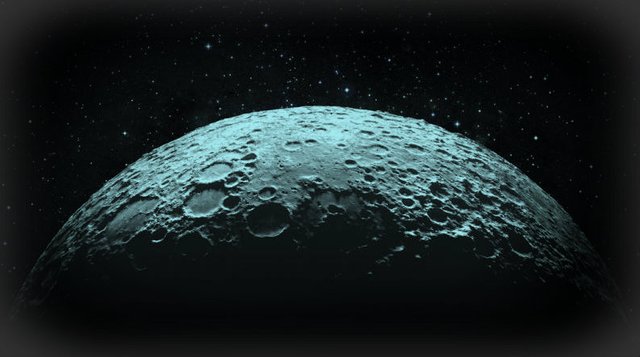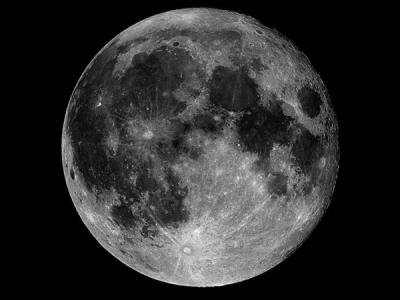NASA confirms that the Moon had atmosphere
3,000 to 4,000 million years ago, our natural satellite, the Moon had an atmosphere.

A new study, supported by NASA, shows that 3,000-4,000 years ago, the Moon had an atmosphere around it thanks to intense volcanic eruptions that expelled the gases on the surface faster than they could escape into space. The study has been published in the journal Earth and Planetary Science Letters.
Recall that analysis of samples from the Apollo missions showed that magmas at the time the Moon was still hot and generated magmatic feathers that casually broke the lunar surface and flowed for hundreds of kilometers, also carried gas components, such as carbon monoxide, sulfur, water ingredients and other volatile compounds.
Thus, the gases that rose from the erupting lava as they flowed over the surface, accumulated around the Moon forming a transient atmosphere. According to experts, this atmosphere was thicker some 3.500 million years ago (in the culmination of satellite volcanic activity) and would have persisted for about 70 million years before finally ending up being lost in space.

"The total amount of H2O released during the setting of the basalt seas is almost double the volume of water in Lake Tahoe, USA (which has an area of 496.2 km²). would have lost in space, a significant fraction could have reached the lunar poles, which means that some of the volatiles we observe at the lunar poles may have arisen within the moon, "explains NASA's Debra H. Needham .
It seems that this new research leads to a drastic change in our vision of how the Moon was, says David Kring, co-author of the paper. And it is that when the Moon had such an atmosphere, it was almost 3 times closer to Earth than it is today and would have appeared almost 3 times larger in the sky. The show had to be great (do you imagine a superluna at this time?).
What this finding implies
It has a great implication for the future exploration, because the analysis made by the scientists quantifies an important source of volatile compounds that can remain trapped in the coldest regions of the Moon. These compounds could provide a source of ice more than interesting for a continuing program of lunar exploration.
The high abundance of volatile elements - chemicals and molecules that have relatively low boiling points - such as water, carbon dioxide and hydrogen - in basalt craters will also be important for future constructions on the moon. Volcanic material is rich in resources that could be used to make water and obtain fuel to support a lunar outpost.
Above all, the new study shows us how much we still have to learn. The closest celestial body within reach, the only extraterrestrial world in which the human species has walked, the Moon, had an atmosphere that for years has gone unnoticed before our eyes. Traveling to the Moon becomes increasingly feasible.
Hi slytherin, your post has been resteemed via @resteemitbot.
What is Resteemitbot?
Resteemitbot is a bot that will resteem and upvote your posts for 1 SBD/STEEM.
Learn More at Resteem.it or give Feedback
Why have I been resteemed?
We are currently giving complementary resteems to content we think is high quality.
@minnowpond1 has voted on behalf of @minnowpond. If you would like to recieve upvotes from minnowpond on all your posts, simply FOLLOW @minnowpond. To be Resteemed to 4k+ followers and upvoted heavier send 0.25SBD to @minnowpond with your posts url as the memo